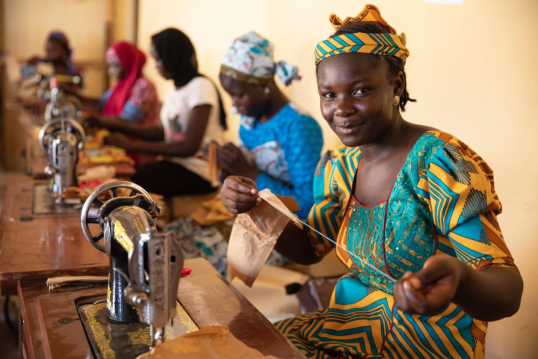Restorative justice isn’t just a trendy term in the ongoing discussion about criminal justice reform; it’s a powerful approach that emphasizes healing, accountability, and community rather than mere punishment. At its heart, restorative justice aims to mend the harm caused by criminal actions through inclusive processes that bring together victims, offenders, and community members.
For those who have faced incarceration or conflict, re-entering society can be a tough road filled with stigma, limited opportunities, and emotional scars. Restorative justice offers a supportive framework that enables individuals to make amends and reintegrate into society with their dignity intact. Through guided conversations, community service, and tailored support systems, people are empowered to rebuild their lives and make positive contributions to their communities.
By providing second chances, restorative justice nurtures personal responsibility and emotional healing. It flips the traditional punitive model on its head by asking not just “What law was broken?” but “Who was hurt, and how can we fix it?” This approach paves the way for stronger, safer communities and more meaningful rehabilitation.





